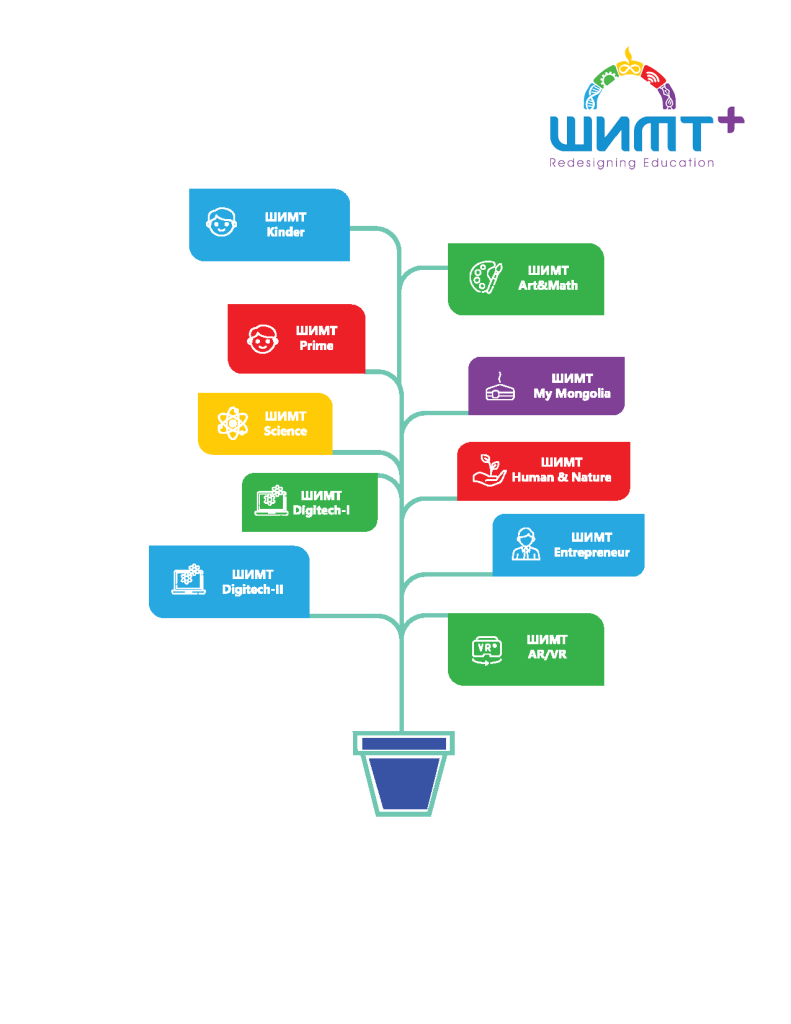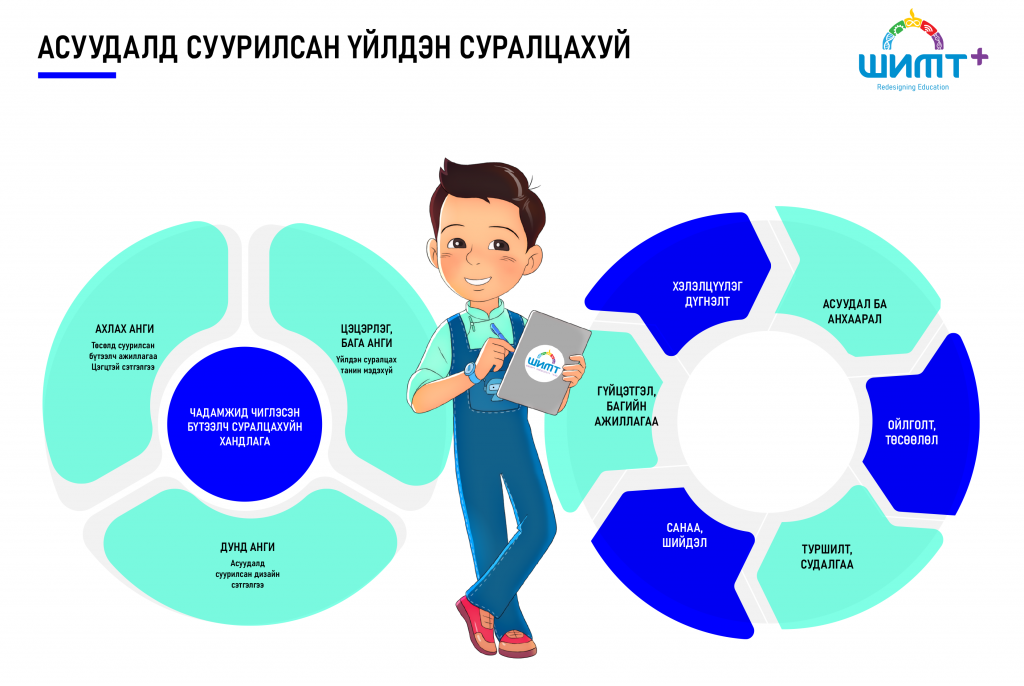Our company is intending to develop the following programs and cooperating with some specialists, and we are currently implementing the program;
“STEAM Kinder” for kindergartens,
“STEAM Prime” for primary schools,
“STEAM Science” for secondary schools,
“STEAM DigiTech I” for secondary schools,
“STEAM DigiTech II” for high schools.
Many other programs are being developed in the future.

In an authentic STEAM lesson, the path to knowledge is anything but smooth. Questions are driven by the learners, and failure is reframed as part of the learning process. Goals, decisions, and solutions are generated by the students within the limitations of their learning context (such as access to materials and tools, or achieving curriculum standards). They control their own investigations.
STEAM-related fields are all about solving real-world problems. So in STEAM learning process;
Keep projects doable. Encourage students to aim high while doing projects that are realistically achievable within the limitations of their learning context.
By its very nature, STEAM learning is future-focused. It empowers learners to change the world for the better by drawing on the connections between science, art, math, engineering, and technology. Also, ШИМТ+ steam curriculums can be an effective way to achieve objectives of Mongolia’s national educational reform program.
As students tackle challenges, create prototypes, test and retest their designs, you can expect a fair amount of noise in the STEAM classroom. STEAM challenges require students to make, tinker and build. Bringing in methods from art and design can take STEAM projects to their full creative potential.
Authentic STEAM lessons are purposefully designed to integrate maths and science learning content. Measuring, calculating, testing, gathering and analysing data – when students are applying these skills to solving a problem, they can see the maths and science in what they are doing.
Most real-world STEAM projects can only be achieved through the collaborative efforts of many individuals. In the STEAM classroom, collaborative projects are a chance for students to share ideas, get feedback from their peers, and develop soft skills.

© 2025 он. STEAM. Бүх эрх хуулиар хамгаалагдсан. Вэб хөгжүүлэгч Mind Agency